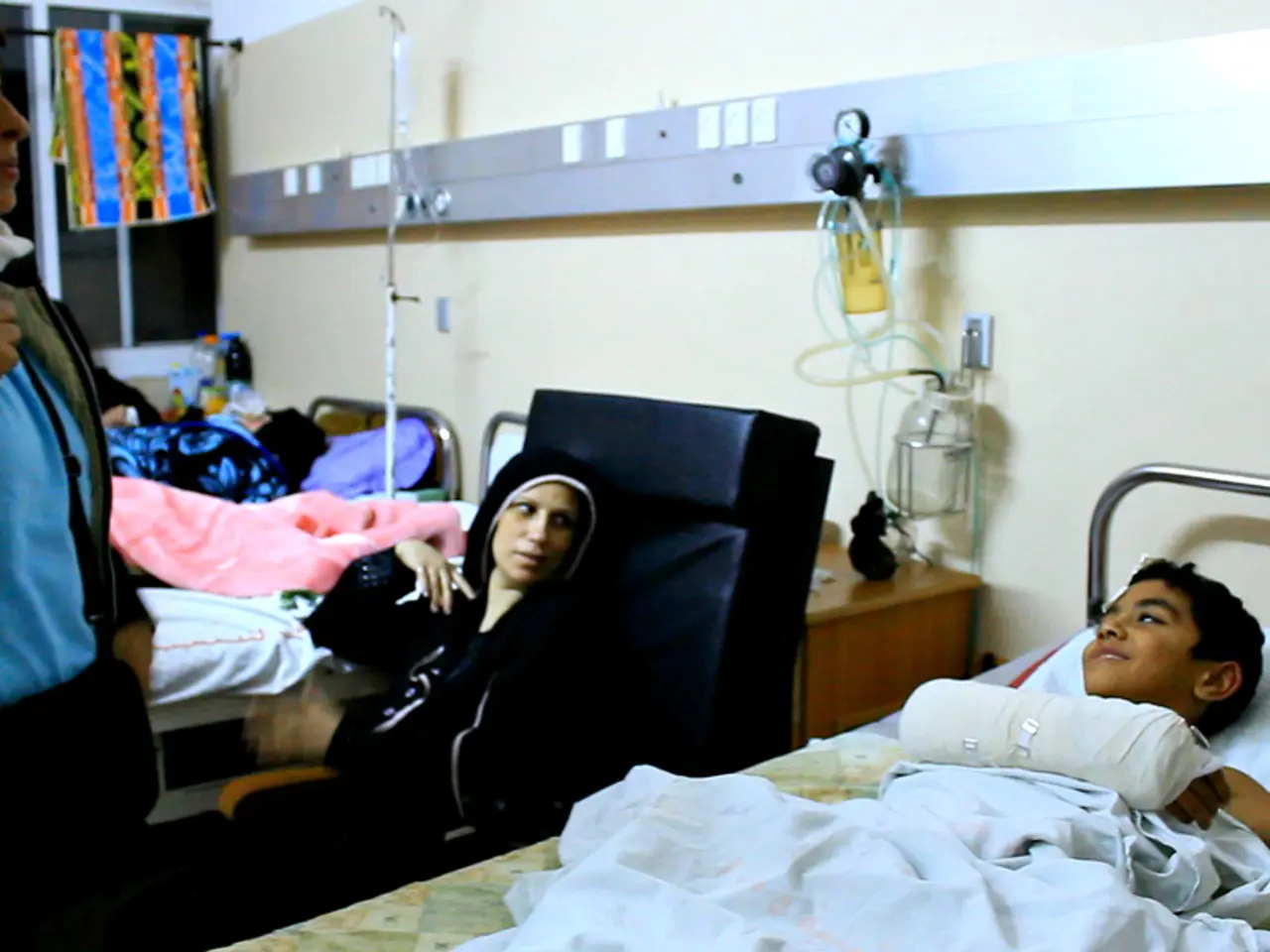The aim of medical institutions for higher learning
In a surprising turn of events, the Taiwanese government has decided to maintain the current medical student enrollment quota at 1,300 per year, following a backlash from civil associations. This decision comes after an earlier plan to increase the quota, which included removing the National Defense Medical Center’s enrollment from the total quota and increasing self-funded students at three universities [1].
The primary reason for opposition was not a shortage of physicians but an uneven distribution of doctors across different hospital departments and specialties. Medical associations argued that adding more students without addressing the existing distribution issues would not solve the underlying problems [1].
This decision has significant implications for the healthcare sector in Taiwan. By maintaining the current quota, Taiwan avoids a potential increase in the number of doctors entering the workforce without addressing how they are distributed across different specialties and regions. This could perpetuate the imbalance in healthcare services availability.
The halt in increasing the quota might push both the government and medical associations to focus on existing solutions for improving distribution, such as incentivizing doctors to work in underserved areas or specialties. The decision could also create an opportunity for more comprehensive reforms that address not just the number of doctors but also their distribution and the factors influencing their choice of specialty and location.
The program's halt may affect the three universities mentioned earlier (National Tsing Hua University, National Chung Hsing University, and National Sun Yat-sen University). It is unclear if medical school professors and experts of the Taiwan Medical Accreditation Council are fulfilling their expected roles in addressing this issue.
The ceasing of the program designed to address shortages in those areas could mean that medical schools in Taiwan cannot enroll students who are willing to selflessly serve the public. This could potentially impact the fulfillment of medical needs in remote areas.
Eleven medical groups have issued a statement opposing this plan. The program's intended purpose was to address the uneven distribution of doctors across the country and different specialties. However, it appears that the medical education system in Taiwan is failing to produce graduates willing to serve in demanding specialties, such as general medicine, surgery, obstetrics and gynecology, pediatrics, emergency medicine, and intensive care.
Many medical school graduates in Taiwan prefer careers in less stressful specialties, like cosmetic surgery, that do not require shift work. This trend further exacerbates the shortage of doctors in high-demand specialties.
Dr. Lin Min-che, a surgeon, expressed his concerns about the situation, stating that the ceasing of the program could mean that medical schools in Taiwan cannot produce graduates who are committed to rescuing lives.
As the discussion about the uneven distribution of doctors in Taiwan continues, it is crucial for all parties involved to work towards solutions that address the underlying issues and ensure that healthcare services are accessible and equitably distributed across the country.
[1] https://www.etoday.tw/news/20210315/1615910316_264129.htm (in Chinese)
- In light of the maintained medical student enrollment quota, there could be a renewed focus on education and self-development for medical professionals, with an emphasis on promoting the pursuit of careers in high-demand specialties and underserved regions.
- The decision to halt the increase in medical student enrollment highlights the importance of science, health, and wellness, as it underscores the need for a balanced distribution of doctors across different specialties and regions to ensure accessibility and equity in healthcare services.




